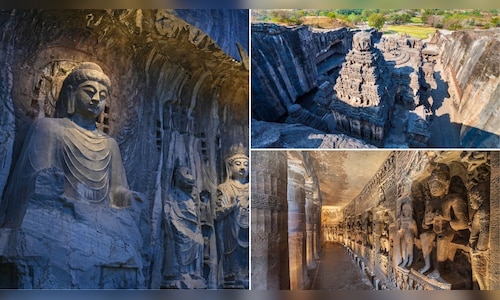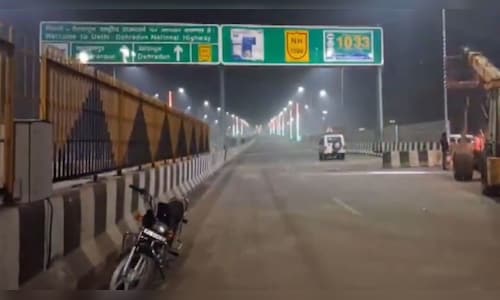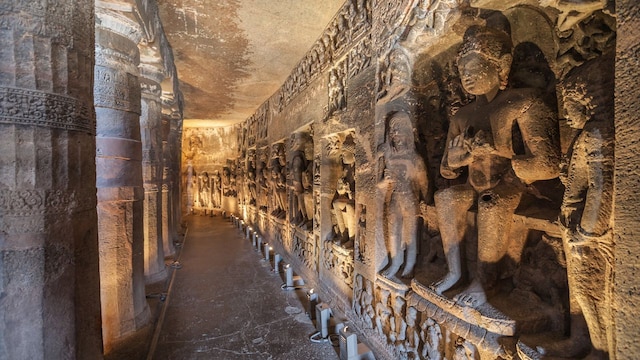
 1 / 10
1 / 101. Ajanta Caves, India | The Ajanta Caves in Maharashtra feature 30+ rock-cut Buddhist temples and monasteries adorned with exquisite murals dating back to the 2nd century BCE. Visitors can admire the artistry of ancient India while soaking in the serene surroundings. How to reach: Aurangabad city is well-connected by train and flights. From there, taxis, buses, or guided tours take you directly to the caves. (Image: Canva)
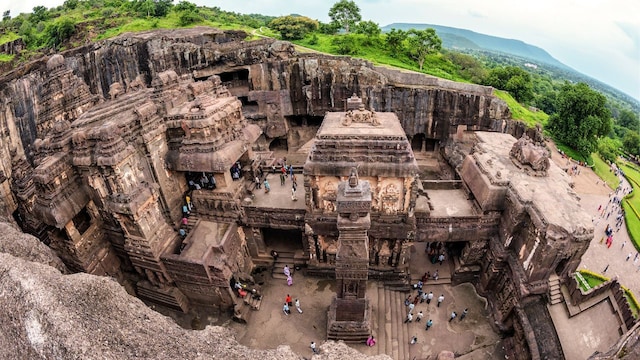
 2 / 10
2 / 102. Ellora Caves, India | Ellora Caves offer a unique fusion of Hindu, Buddhist, and Jain rock-cut temples carved into basalt cliffs, including the iconic Kailasa Temple. Travelers can marvel at the monumental sculptures and architectural brilliance spanning centuries. How to reach: Reachable via Aurangabad; buses, taxis, or guided tours bring visitors directly to the Ellora complex. (Image: Canva)

 3 / 10
3 / 103. Elephanta Caves, India | Situated on Elephanta Island near Mumbai, these caves house impressive rock-cut sculptures of Lord Shiva, including the famed three-headed Trimurti. A visit combines history, mythology, and scenic ferry rides across the Arabian Sea. How to reach: Ferries from Mumbai’s Gateway of India take visitors to Elephanta Island; local guides provide tours of the caves. (Image: Canva)
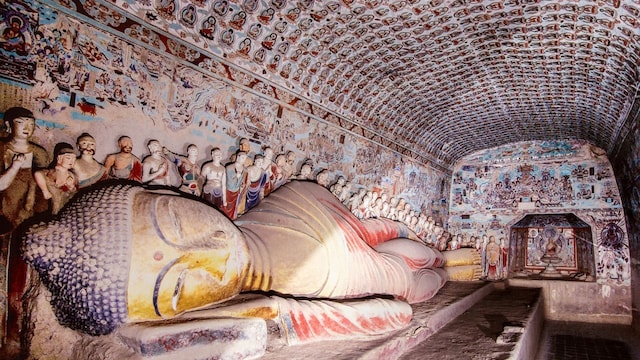
 4 / 10
4 / 104. Mogao Caves, China | The Mogao Caves, or “Caves of the Thousand Buddhas,” near Dunhuang, feature hundreds of Buddhist murals and statues spanning over 1,000 years. Travelers can explore the cultural richness of China’s Silk Road heritage in a serene desert setting. How to reach: Fly or take a train to Dunhuang; taxis or organised tours transport visitors to the caves. (Image: Canva)
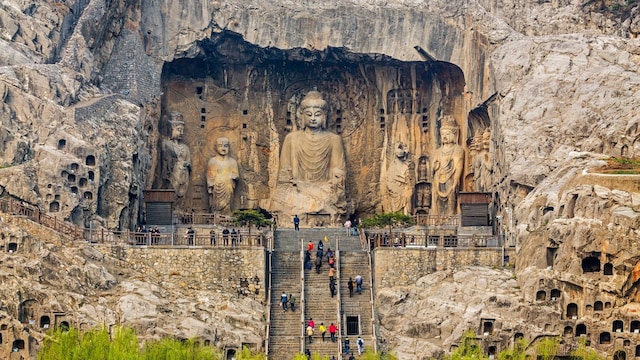
 5 / 10
5 / 105. Longmen Grottoes, China | Carved along the Yi River near Luoyang, the Longmen Grottoes display thousands of detailed Buddhist statues and inscriptions across 2,300 caves. It’s an architectural marvel offering insight into Chinese history and artistry. How to reach: Luoyang is accessible by train or flight; buses, taxis, or guided tours lead directly to the grottoes. (Image: Canva)
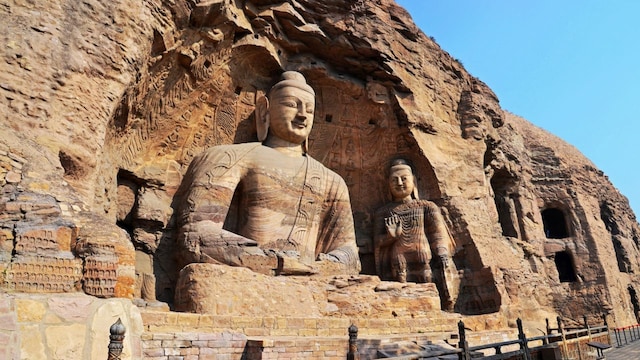
 6 / 10
6 / 106. Yungang Grottoes, China | The 5th-century Yungang Grottoes in Datong feature 51,000 Buddha statues carved into sandstone cliffs. Visitors can marvel at the scale and detail of these ancient masterpieces while exploring the surrounding cultural park. How to reach: Datong is well-connected by train and flights; shuttle buses and taxis take visitors to the grottoes. (Image: Canva)
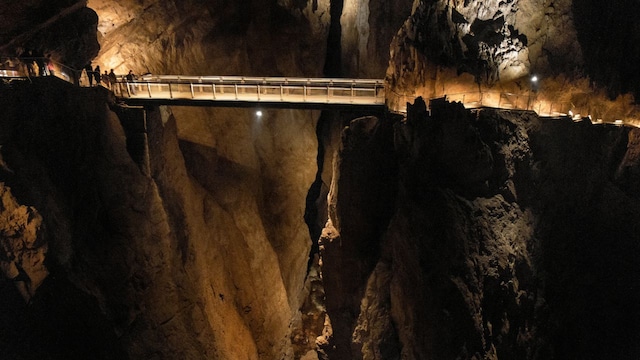
 7 / 10
7 / 107. Škocjan Caves, Slovenia | The Škocjan Caves are a spectacular underground world with vast canyons, cascading waterfalls, and unique karst formations. Adventurous travelers can enjoy guided tours that reveal the caves’ geological and ecological significance. How to reach: From Ljubljana, drive or take a bus; on-site guided tours make exploring easy and informative. (Image: Canva)
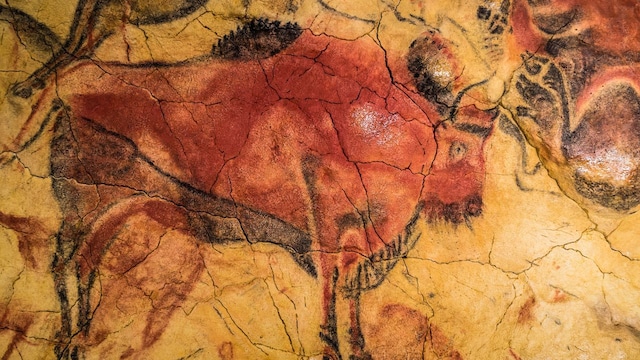
 8 / 10
8 / 108. Altamira Cave, Spain | Altamira Cave, near Santillana del Mar, is renowned for its Upper Paleolithic paintings of bison, horses, and handprints. Visitors can explore replicas and museum exhibits to experience prehistoric art up close. How to reach: Accessible by train or bus from Santander; walk or shuttle to the museum and replica caves. (Image: Canva)
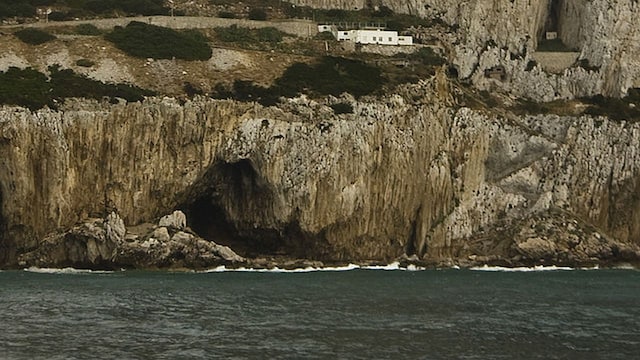
 9 / 10
9 / 109. Gorham’s Cave Complex, Gibraltar | Gorham’s Cave Complex offers a window into Neanderthal life, with archaeological evidence spanning thousands of years. Its strategic location overlooking the Mediterranean adds a breathtaking scenic dimension to the historic exploration. How to reach: Located near Gibraltar city center; walking tours and taxis provide easy access. (Image: Wikimedia Commons)
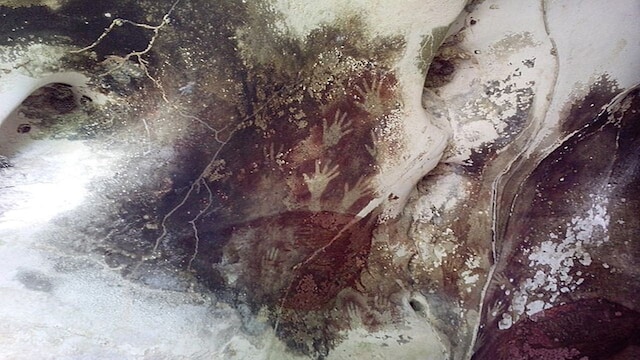
 10 / 10
10 / 1010. Maros-Pangkep Caves, Indonesia | Sulawesi’s Maros-Pangkep Caves feature some of the oldest known rock art in the world, including hand stencils and animal depictions. The remote caves provide travelers a thrilling journey into humanity’s earliest creativity. How to reach: Fly to Makassar; local guides and boats transport visitors to the cave sites. (Image: Canva)


